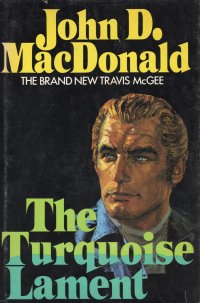 The FTP client didn’t sqwauk at me when I uploaded the cover image, so I thought maybe I’d not written a book report on this book before. But, no, I did read it and report on it in 2011–but in the days before I posted cover images of the books (because I wanted to link them to my Amazon Associates page, but a couple program changes later, and I’m too much of a backwater to participate). I bought this, a second printing copy, in September, and I dived into it to serve as a contrast with the other video-game-based fiction I’ve been reading lately.
The FTP client didn’t sqwauk at me when I uploaded the cover image, so I thought maybe I’d not written a book report on this book before. But, no, I did read it and report on it in 2011–but in the days before I posted cover images of the books (because I wanted to link them to my Amazon Associates page, but a couple program changes later, and I’m too much of a backwater to participate). I bought this, a second printing copy, in September, and I dived into it to serve as a contrast with the other video-game-based fiction I’ve been reading lately.
I’ll give you the synopsis from 2011 because I’m to lazy to resynopse:
Within this book, McGee reunites with a former acquaintance he had known when she was a teenager. Now she’s a well-to-do heiress to a comfortable living from her treasure-hunter father, and she’s sailing around the world with her new husband. She thinks her husband is trying to kill her, so McGee flies out to Hawaii. He decides she’s just unnerved and not in love with her husband and that, hey, she’s all grown up now and they’re perfect together. So she’s going to sell the boat the newlyweds have been sailing on and live with McGee.
So McGee returns to Florida, but other events lead him to wonder. An intermediary tries to get an expedition going based on the lost research of the treasure-hunting father, which leads to the realization that maybe the husband is trying to kill her. Or make her think she’s going mad.
So the story arc is going to Hawaii, meeting the girl-now-woman, convincing her she’s not mad and that her current husband is not the man for her after all. When McGee returns to Florida, an acquaintance comes to him and tries to determine if McGee is the person who came into possession of the treasure-hunter father’s notes and plans for further expeditions–the man had accompanied the treasure-hunter father, McGee, Meyer, and others on a promising but incomplete recovery operation before the father died. McGee doesn’t have the books, but when he starts looking into the offer, he discovers two things: That the people handling the estate might have left them out of the estate, and second, that the man who married the daughter is probably a psycho with a long list of murders behind him in “accidents” which have befallen people whom he thinks have wronged him.
MacDonald goes to Pago Page (American Samoa) where the girl and her husband were going to take the boat, and, honestly, I remember that the girl dies in one of the books, but it’s not this one or, apparently, The Lonely Silver Rain. When they arrive, McGee foils the plan to have the allegedly suicidal woman “jump,” and the husband dies in a cinematic fashion–the book came out after the first, and only, movie adaptation (so far) of a McGee title (Darker than Amber, 1970)–so maybe MacDonald was writing for that. His work never went totally Hollywood like Robert B. Parker’s did.
The book contains all the usual McGee-esque things: Asides lamenting industrialization/pollution/despoilation of nature and soul-searching about aging. A sad coda indicates that McGee did not marry the rich daughter as he thought he intended, as she found someone more her own age, a psychiatrist from one of her therapy programs for recovering from her ordeal.
I flagged a couple of things. One, an ackshually where Meyer is hospitalized with a viral infection, so they’re pumping him full of antibiotics; an ackshually about how many horses and other livestock an acquaintance has on five acres (too many); and a quote from Meyer about how sickness makes you turn inward and how you wonder if any other things are related to the progression of your own mortality. I also looked up a musician MacDonald mentions (he mentions Eydie Gorme in A Tan and Sandy Silence) just in case I might look for the artist’s records at book sales and whatnot. But Julian Bream is an English classical guitarist, so LPs might be thin on the ground in southwest Missouri.
So, yeah, a good read. With depth lacking in a lot of modern works, even the doorstoppers. And I’m happy to read more MacDonald–I still have a couple of paperbacks of his that I have not yet read in my stacks, and I’m always happy to revisit McGee books. Which I have to buy again to read again as it is not my wont to dig through the books on my read shelves to revisit things. The MacDonald books are altogether somewhere, buried by a mishmash of more recently read things. I will try to pigeonhole this one somewhere near them and to determine of I have a first printing of the book already. Probably not.



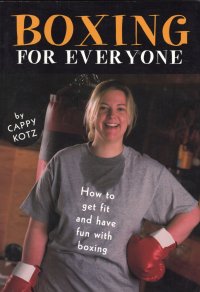 It’s funny: I could have picked up this book new at the mall after watching
It’s funny: I could have picked up this book new at the mall after watching 
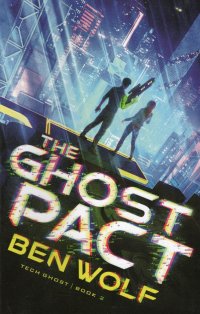 I bought these books in Iowa
I bought these books in Iowa  I have no idea where I picked up this slender volume of poetry to check to see if I paid close to the cover price for it. I don’t know if you remember seeing these out and about around the turn of the century (that is, the end of the 1900s), but Dover Thrift Editions came out with a long line of classic (and out of copyright literature) printed on cheap (but not quite newsprint) paper and priced only a dollar. New. They cannot have been making a mint on it, but they were certainly doing the world a service up until the world, or at least the American public, couldn’t be arsed to spend a buck to read classic literature.
I have no idea where I picked up this slender volume of poetry to check to see if I paid close to the cover price for it. I don’t know if you remember seeing these out and about around the turn of the century (that is, the end of the 1900s), but Dover Thrift Editions came out with a long line of classic (and out of copyright literature) printed on cheap (but not quite newsprint) paper and priced only a dollar. New. They cannot have been making a mint on it, but they were certainly doing the world a service up until the world, or at least the American public, couldn’t be arsed to spend a buck to read classic literature.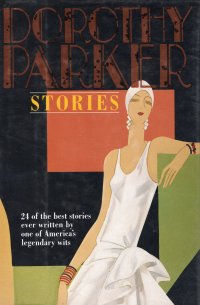 Wow, okay, I bought this book
Wow, okay, I bought this book 
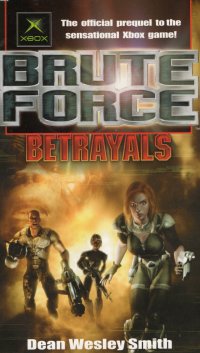 Wow. I bought this little paperback
Wow. I bought this little paperback 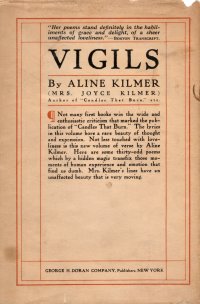 I bought this book over the weekend
I bought this book over the weekend  Ah, gentle reader, this is the best book with two peepees on the front cover that I have ever read. Hopefully, gentle reader, this is the only book with two peepees on it that I own, but given that I own a lot of classical Greek and Roman literature, one cannot be sure.
Ah, gentle reader, this is the best book with two peepees on the front cover that I have ever read. Hopefully, gentle reader, this is the only book with two peepees on it that I own, but given that I own a lot of classical Greek and Roman literature, one cannot be sure. 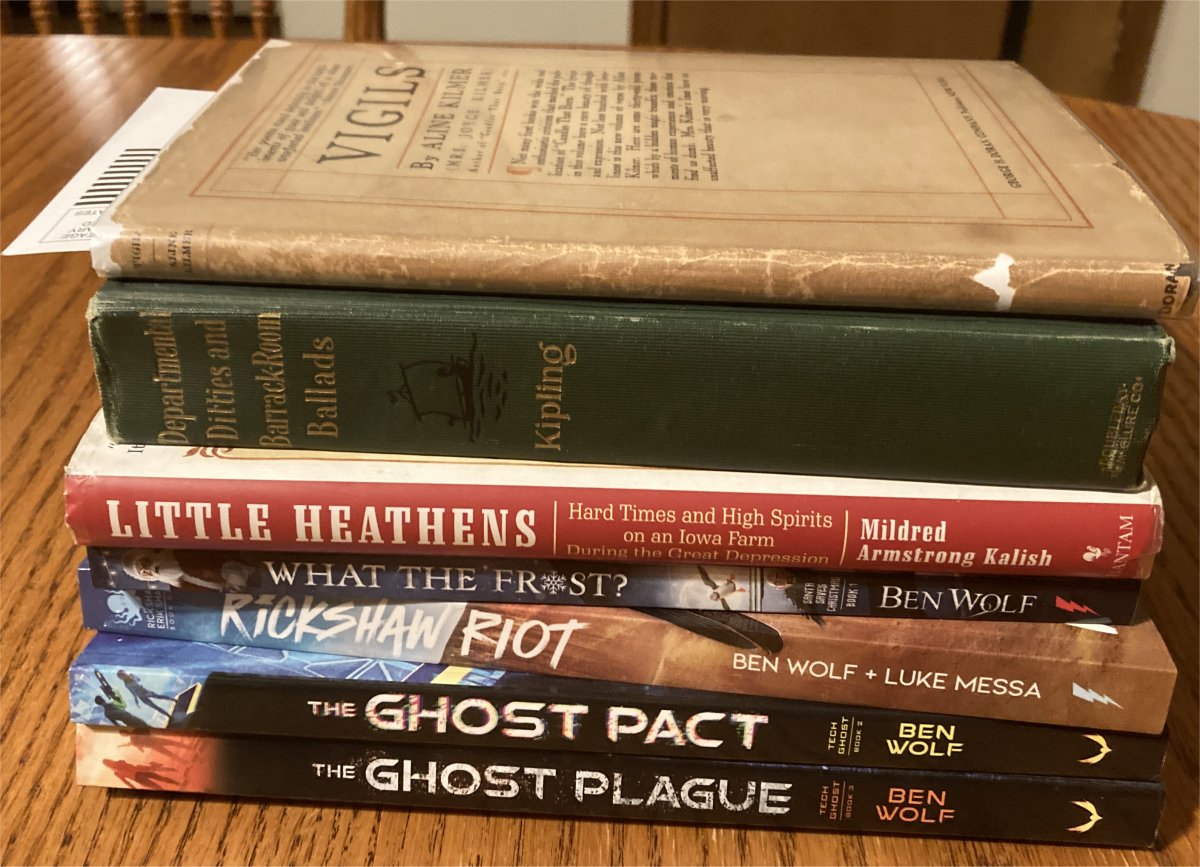
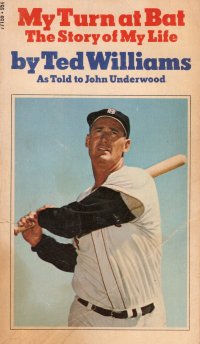 I read Yogi Berra’s
I read Yogi Berra’s 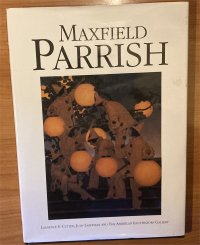 I bought this book at ABC Books
I bought this book at ABC Books 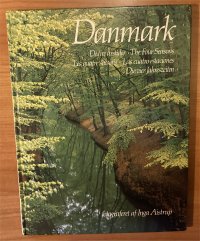 This, too, is a fairly recent acquisition (
This, too, is a fairly recent acquisition ( On Sunday, I did something I really haven’t done in a while: I watched a couple of football games. And since the one was the Chicago Bears game, which they won not because they deserved to win it but because the Raiders deserved to lose it, I had the opportunity to flip through some art and touristy books between plays (which is most of the three hours of the televised football game).
On Sunday, I did something I really haven’t done in a while: I watched a couple of football games. And since the one was the Chicago Bears game, which they won not because they deserved to win it but because the Raiders deserved to lose it, I had the opportunity to flip through some art and touristy books between plays (which is most of the three hours of the televised football game).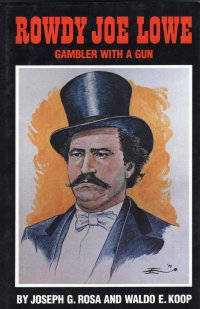 I picked up this book
I picked up this book 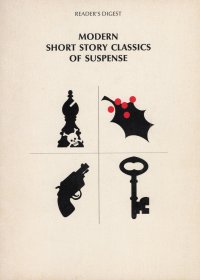 I don’t remember when I got this booklet. By “remember,” I mean I did not list it on the Web site in a Good Book Hunting post. But it is the size of something that would have come in a dollar bundle at a Friends of the Springfield-Greene County Library Book Sale.
I don’t remember when I got this booklet. By “remember,” I mean I did not list it on the Web site in a Good Book Hunting post. But it is the size of something that would have come in a dollar bundle at a Friends of the Springfield-Greene County Library Book Sale.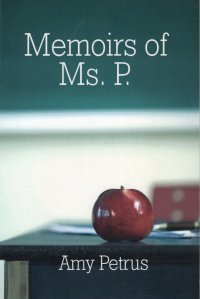 I “just” got this book in the spring of 2024 where it was in a dollar bundle with
I “just” got this book in the spring of 2024 where it was in a dollar bundle with 
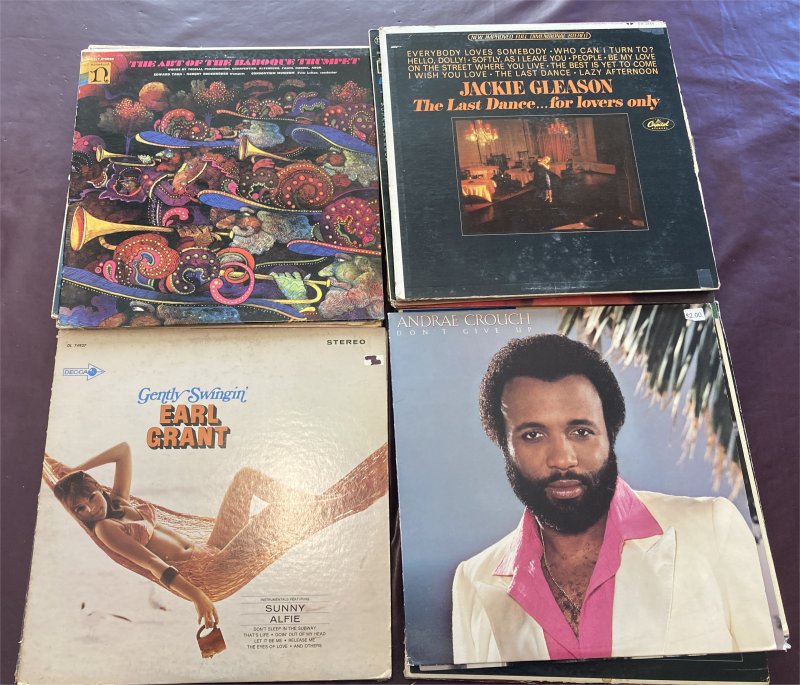
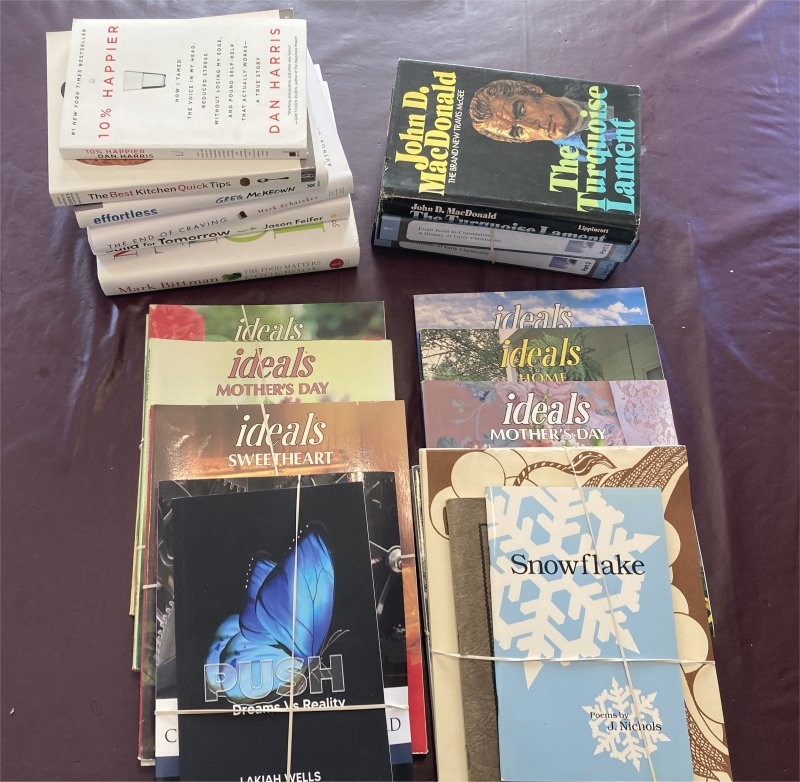
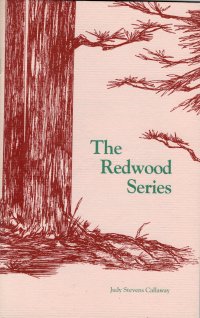 I
I